Home>diy>Building & Construction>What Is The Construction Process
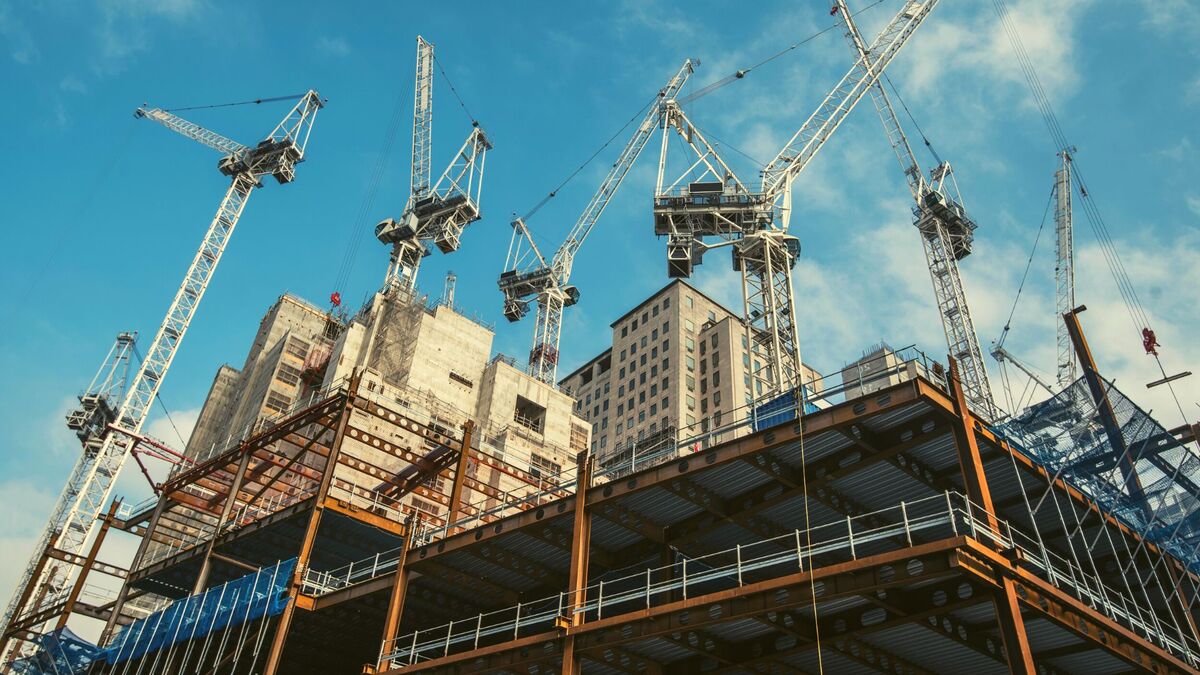

Building & Construction
What Is The Construction Process
Modified: January 23, 2024
Discover the step-by-step building construction process, from site preparation to final inspection. Gain valuable insights into the techniques and regulations involved in this comprehensive guide.
(Many of the links in this article redirect to a specific reviewed product. Your purchase of these products through affiliate links helps to generate commission for Storables.com, at no extra cost. Learn more)
Introduction
Welcome to the world of construction, where dreams become reality and structures rise from the ground. Construction is a fascinating process that combines precision, creativity, and expertise to turn blueprints into tangible buildings. Whether it’s a towering skyscraper, a lavish residential complex, or a humble family home, the construction process involves various stages that culminate in the completion of a well-crafted and functional structure.
In this article, we will delve into the intricacies of the construction process, exploring each phase and understanding the key tasks and considerations involved. From the initial planning and design stages to the construction and post-construction phases, we will provide a comprehensive overview of what goes into building a remarkable structure.
Effective planning and execution are crucial in ensuring a successful construction project. It requires a collaborative effort from architects, engineers, contractors, and other professionals involved in the process. The construction industry has evolved over the years, adopting advanced technologies and innovative techniques to streamline operations and enhance efficiency.
Whether you are a homeowner embarking on a renovation project or an investor looking to build a commercial property, understanding the construction process can help you navigate the complexities of the project and make informed decisions along the way.
Join us as we embark on a journey through the various phases of construction, from the initial planning and design phases to the final touches that bring a building to life. Along the way, we will discover the challenges, strategies, and considerations that transform a vision into a concrete reality.
Key Takeaways:
- The construction process involves meticulous planning, detailed design, thorough preparation, skilled execution, and comprehensive post-construction activities to transform ideas into tangible structures.
- Effective collaboration, attention to detail, and sustainability practices are essential throughout the construction process, ensuring successful project delivery and long-term satisfaction for all stakeholders.
Read more: What Is The Buyer Inspection Process
Planning Phase
The planning phase is the foundation of any successful construction project. This phase involves conducting thorough research and analysis to determine the feasibility of the proposed project, as well as establishing clear objectives, timelines, and budgets.
During the planning phase, various factors are considered, such as the purpose of the building, its location, zoning regulations, environmental impact, and the needs of the end-users. Architects and designers work closely with clients to understand their vision and requirements, translating them into actionable plans and designs.
One of the primary objectives of the planning phase is to obtain the necessary permits and approvals from local authorities. This involves conducting extensive research on building codes, regulations, and zoning restrictions to ensure compliance and avoid potential delays or legal issues down the line.
Moreover, project stakeholders analyze the financial feasibility of the project during this phase. They evaluate the estimated costs of materials, labor, equipment, permits, and any other expenses that may arise during the construction process. This helps in preparing a realistic budget and securing the required financing.
Effective communication and collaboration amongst the project team are vital in the planning phase. Regular meetings, discussions, and sharing of ideas ensure that all parties involved are on the same page and aligned towards the common goal.
The planning phase also involves conducting site surveys and assessments. This includes investigating the soil composition, analyzing environmental factors, and assessing any potential risks or limitations that may impact the construction process. Understanding these factors is essential in determining the most suitable construction methods and techniques to be employed.
By investing time and effort in the planning phase, project stakeholders can set a solid foundation for a smooth and successful construction process. It enables them to anticipate and address potential challenges, create a realistic timeline, and establish a clear roadmap for the project’s execution.
Design Phase
Once the planning phase is complete, the project moves into the design phase. This is where the vision starts to take shape and the building begins to come alive on paper.
The design phase involves engaging architects, engineers, and other design professionals to create detailed drawings and plans for the construction project. The design team works closely with the client to ensure that the final design aligns with their needs, preferences, and budget.
During this phase, architects translate the client’s requirements into architectural designs, considering aesthetics, functionality, and structural integrity. They create floor plans, elevation drawings, and 3D renderings to provide a visual representation of the proposed building.
In addition to the architectural designs, engineers play a crucial role in the design phase. Structural engineers analyze the proposed design to ensure that it can withstand the forces and loads it will be subjected to. They calculate load-bearing capacities, design structural systems, and specify materials to ensure the safety and stability of the building.
Other design professionals, such as mechanical, electrical, and plumbing engineers, are also involved in the design phase. They coordinate with the architects to incorporate mechanical, electrical, and plumbing systems into the overall design, ensuring that they are efficient, functional, and compliant with building codes.
The design phase also involves selecting materials, finishes, and fixtures that will be used in the construction. Architects and designers work closely with suppliers and contractors to choose the most suitable options based on factors such as durability, cost, aesthetics, and sustainability.
Throughout the design phase, regular consultations and reviews take place between the design team and the client to ensure that the design meets their expectations. Any necessary adjustments or modifications are made to the design before progressing to the next phase.
By the end of the design phase, the project should have a comprehensive set of drawings, plans, and specifications that serve as the blueprint for the construction process.
The design phase sets the stage for the construction, providing a clear roadmap for builders to follow. It ensures that the construction process is based on a well-thought-out and comprehensive design, minimizing errors and ensuring that the final structure reflects the client’s vision and requirements.
Pre-construction Phase
The pre-construction phase is a crucial step in the construction process that occurs after the planning and design phases are complete. It involves thorough preparation and coordination to set the project up for success before the actual construction begins.
During the pre-construction phase, project managers and contractors develop a detailed project plan that outlines the scope, schedule, and budget of the construction project. This plan serves as a roadmap for the construction team, guiding them throughout the process.
One of the key activities in the pre-construction phase is obtaining bids from subcontractors and suppliers. Contractors invite qualified subcontractors to submit their proposals for the work they will be responsible for. These bids are evaluated based on factors such as cost, experience, and reputation, and the selected subcontractors are then contracted to work on the project.
Additionally, during this phase, the project team finalizes procurement and logistics plans. They identify and secure the necessary construction materials, equipment, and resources. This includes establishing relationships with suppliers and arranging for the timely delivery of materials to the construction site.
Another critical aspect of the pre-construction phase is obtaining any required permits and approvals. This includes obtaining building permits, environmental clearances, and any other necessary licenses as per the local regulations. It is essential to ensure compliance with all legal requirements to avoid delays or penalties during the construction process.
In the pre-construction phase, project teams also engage in detailed risk assessments and develop contingency plans. They identify potential risks and challenges that may arise during construction and create strategies to mitigate them. This proactive approach helps minimize any disruptions or delays that could occur during the construction phase.
Along with risk assessments, the pre-construction phase also involves utility coordination. This includes identifying the location of underground utilities, such as water, electricity, and gas lines, and coordinating with the relevant authorities to ensure that construction activities do not disrupt or damage these services.
Effective communication and collaboration are key during the pre-construction phase. The project team, including the client, architects, engineers, contractors, and subcontractors, must have regular meetings to ensure that everyone is aligned and working towards the common goal.
By thoroughly preparing and coordinating in the pre-construction phase, project teams can lay a solid groundwork for the upcoming construction phase. This phase sets the stage for an efficient and successful construction process, ensuring that all necessary resources, permits, and plans are in place before the physical work begins.
Tip: Before starting a construction project, make sure to obtain all necessary permits and approvals from local authorities. This will help avoid delays and potential legal issues during the construction process.
Construction Phase
The construction phase is the culmination of all the planning, design, and preparation that has been done up to this point. It is the stage where the building starts to take shape, and the vision becomes a reality.
During the construction phase, the project team, led by the contractors, executes the plans and brings the design to life. Construction activities include site preparation, foundation work, structural framing, installation of mechanical, electrical, and plumbing systems, and the overall construction of the building.
The construction phase requires effective project management to ensure that the work progresses according to the schedule and the budget. Project managers oversee the coordination of various subcontractors, ensuring that they work in harmony and complete their tasks as per the project plan.
Health and safety considerations are of paramount importance during the construction phase. Contractors and workers adhere to strict safety protocols and regulations to minimize the risk of accidents or injuries. Regular safety inspections and on-site training sessions are conducted to maintain a safe working environment.
Throughout the construction phase, quality control measures are in place to ensure that the work meets the required standards. Inspections are carried out at different stages to verify that the construction process adheres to the approved designs and specifications. Any defects or discrepancies are addressed promptly to maintain the integrity of the structure.
Effective communication and collaboration between all stakeholders are crucial during the construction phase. Regular meetings, progress reports, and on-site visits help keep everyone informed about the project’s status and address any issues or challenges that may arise.
As construction progresses, the project team also manages the procurement of materials and equipment. This includes coordinating the delivery of construction materials, ensuring that they are of the required quality, and managing inventory to support the construction activities.
The construction phase also involves regular inspections and approvals from building officials to ensure compliance with building codes and regulations. This includes inspections of the structural, mechanical, electrical, and plumbing systems to ensure they meet safety and quality standards.
As the construction nears completion, the focus shifts to the finishing touches. This includes interior finishes such as flooring, painting, and installation of fixtures, as well as exterior elements such as landscaping and signage.
Once the construction phase is complete, a final inspection is conducted to ensure that all the work has been completed as per the approved plans and specifications. This inspection is crucial before obtaining the necessary certificates of occupancy and handing over the building to the client.
The construction phase is an exciting and challenging stage where the vision starts to materialize. It requires coordination, skilled labor, and attention to detail to ensure a successful and high-quality construction project.
Read more: What Is Construction
Post-construction Phase
The post-construction phase marks the final stage of the construction process. It entails various activities that ensure the project’s completion, handover, and long-term functionality and maintenance.
After construction is complete, a thorough inspection is conducted to assess the overall quality and completeness of the project. This includes checking for any remaining defects, ensuring that all systems are functioning properly, and verifying compliance with building codes and regulations.
Once the inspection is satisfactory, the project team prepares the necessary documentation, such as as-built drawings, operation and maintenance manuals, warranties, and guarantees. These documents provide valuable information to the building owners and future stakeholders, facilitating efficient operation and maintenance of the structure.
The post-construction phase also involves obtaining the necessary clearances and certifications from local authorities. This includes obtaining a certificate of occupancy, which confirms that the building is safe for occupation and complies with all applicable regulations.
As part of the handover process, the project team coordinates with the client to transfer ownership and responsibility for the building. This may include providing training on the operation and maintenance of various systems, handing over keys and access codes, and addressing any specific requirements or concerns of the client.
Once the building is occupied, ongoing maintenance and facility management become crucial. Regular inspections, preventive maintenance, and repairs are essential to ensure the building’s longevity and optimal operational performance. Facility management teams are responsible for implementing maintenance plans, conducting necessary repairs, and addressing occupant needs.
In addition, the post-construction phase may involve conducting post-occupancy evaluations to gather feedback from occupants and address any unresolved issues or concerns. This feedback helps in continuous improvement and ensures that the building meets the needs and expectations of its users.
During the post-construction phase, it is also common for contractors and project teams to establish a warranty period. This allows for the resolution of any defects or issues that may arise after the building’s completion and occupancy. Contractors are responsible for addressing these warranty claims and ensuring the building functions as intended.
Finally, sustainability considerations play a significant role in the post-construction phase. This includes implementing energy-efficient practices, waste management strategies, and maintaining environmental certifications, where applicable. Green building certifications, such as LEED or BREEAM, can also be pursued to highlight the building’s sustainability attributes.
The post-construction phase focuses on ensuring the successful completion and smooth operation of the building. It involves proper documentation, handover procedures, ongoing maintenance, and addressing any remaining issues to ensure the long-term functionality and satisfaction of the building’s occupants.
Conclusion
The construction process is a complex and multifaceted journey that transforms ideas into tangible structures. From the initial planning and design phases to the execution and post-construction stages, each step plays a crucial role in creating remarkable buildings.
Effective planning and collaboration are the pillars of a successful construction project. The planning phase sets the foundation, ensuring that objectives, timelines, and budgets are clearly defined. The design phase brings the vision to life, translating ideas into detailed plans and drawings. The pre-construction phase lays the groundwork, preparing the project for smooth execution. The construction phase turns plans into reality, with skilled labor and careful coordination building the structure. Finally, the post-construction phase ensures the completion, handover, and ongoing maintenance of the building.
Throughout the construction process, communication, collaboration, and attention to detail are essential. Engaging with experienced professionals, including architects, engineers, contractors, and suppliers, helps ensure that every aspect of the project is handled meticulously.
Furthermore, incorporating sustainability practices and efficient building techniques can enhance the environmental impact of the construction process, promoting the use of renewable resources, reducing waste, and improving energy efficiency.
By understanding the intricacies and stages of the construction process, individuals and organizations can better navigate their construction projects. With proper planning, careful coordination, and attention to quality, successful construction projects can be delivered on time, within budget, and to the satisfaction of all stakeholders.
Whether it’s a towering skyscraper, a residential development, or a small residential project, the construction process is a testament to human creativity, ingenuity, and collaboration. It shapes the physical environment we live in, providing spaces for living, working, and leisure.
As we appreciate the beauty and functionality of the built environment, let us also acknowledge the effort and expertise that goes into creating these structures. The construction process truly exemplifies the fusion of art, engineering, and craftsmanship.
So, the next time you walk into a building, remember the journey it took to construct it. From conception to completion, the construction process transforms dreams into reality, leaving a lasting impact on our lives and our communities.
Frequently Asked Questions about What Is The Construction Process
Was this page helpful?
At Storables.com, we guarantee accurate and reliable information. Our content, validated by Expert Board Contributors, is crafted following stringent Editorial Policies. We're committed to providing you with well-researched, expert-backed insights for all your informational needs.

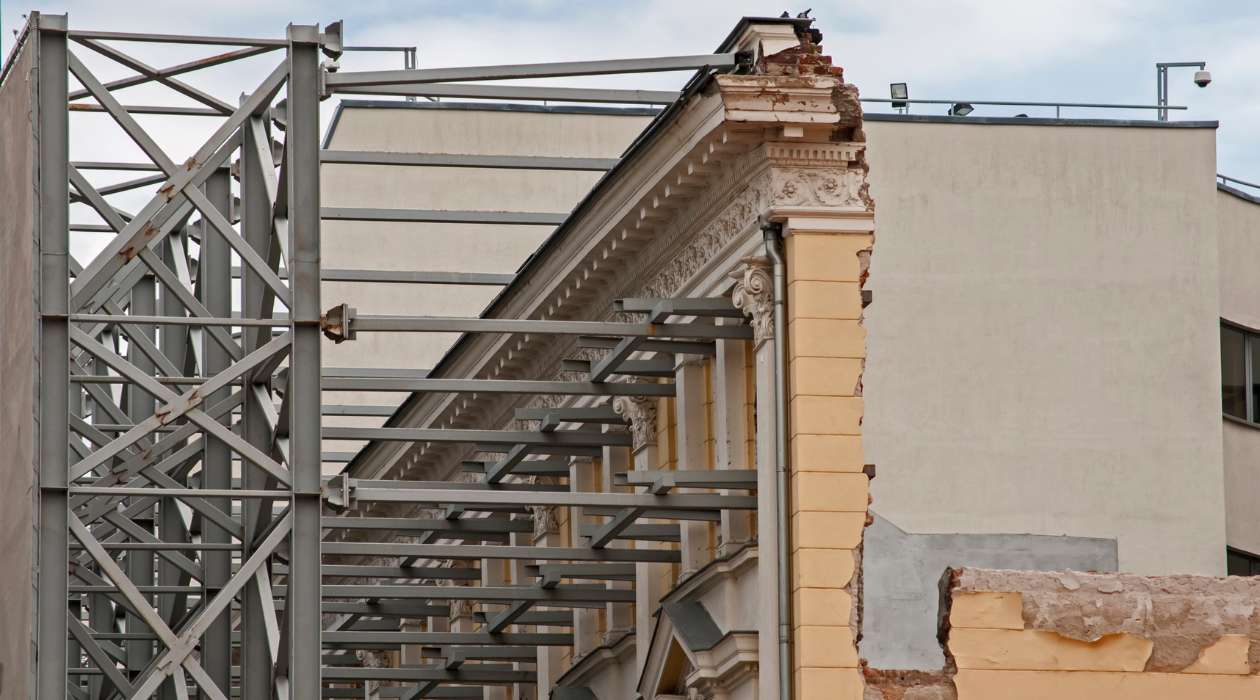
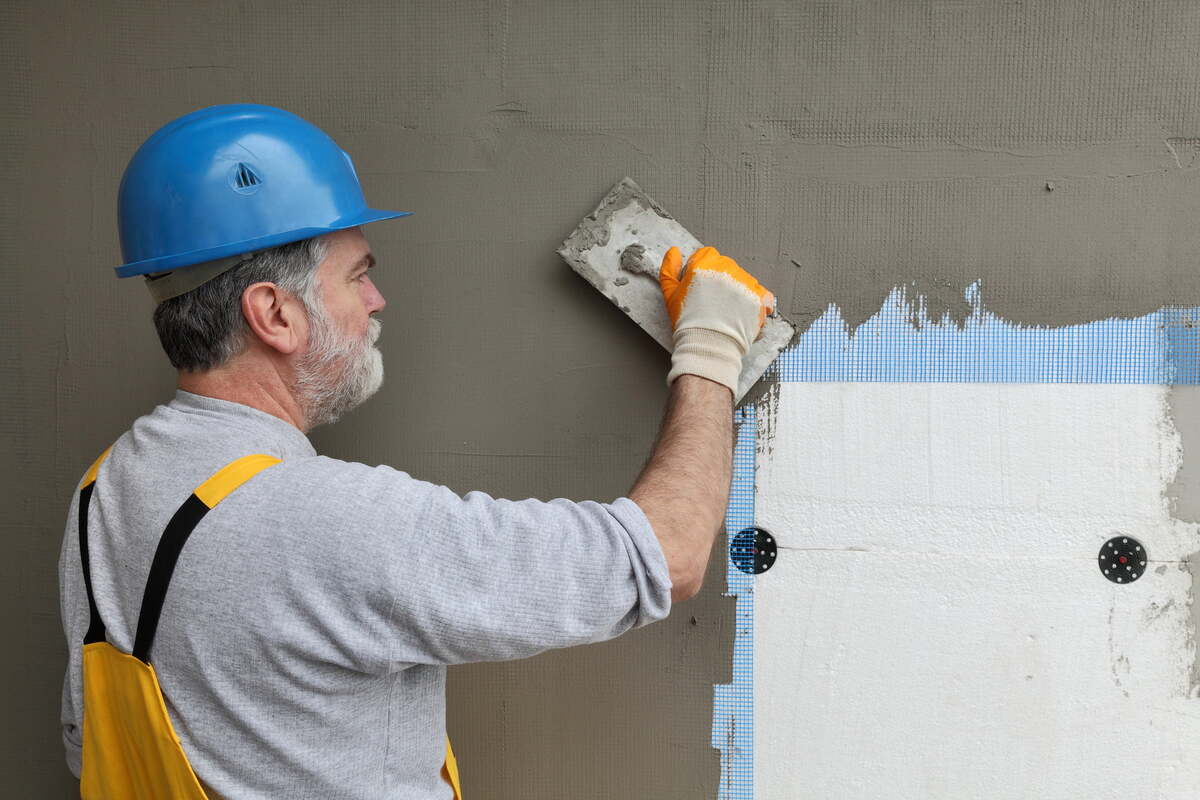
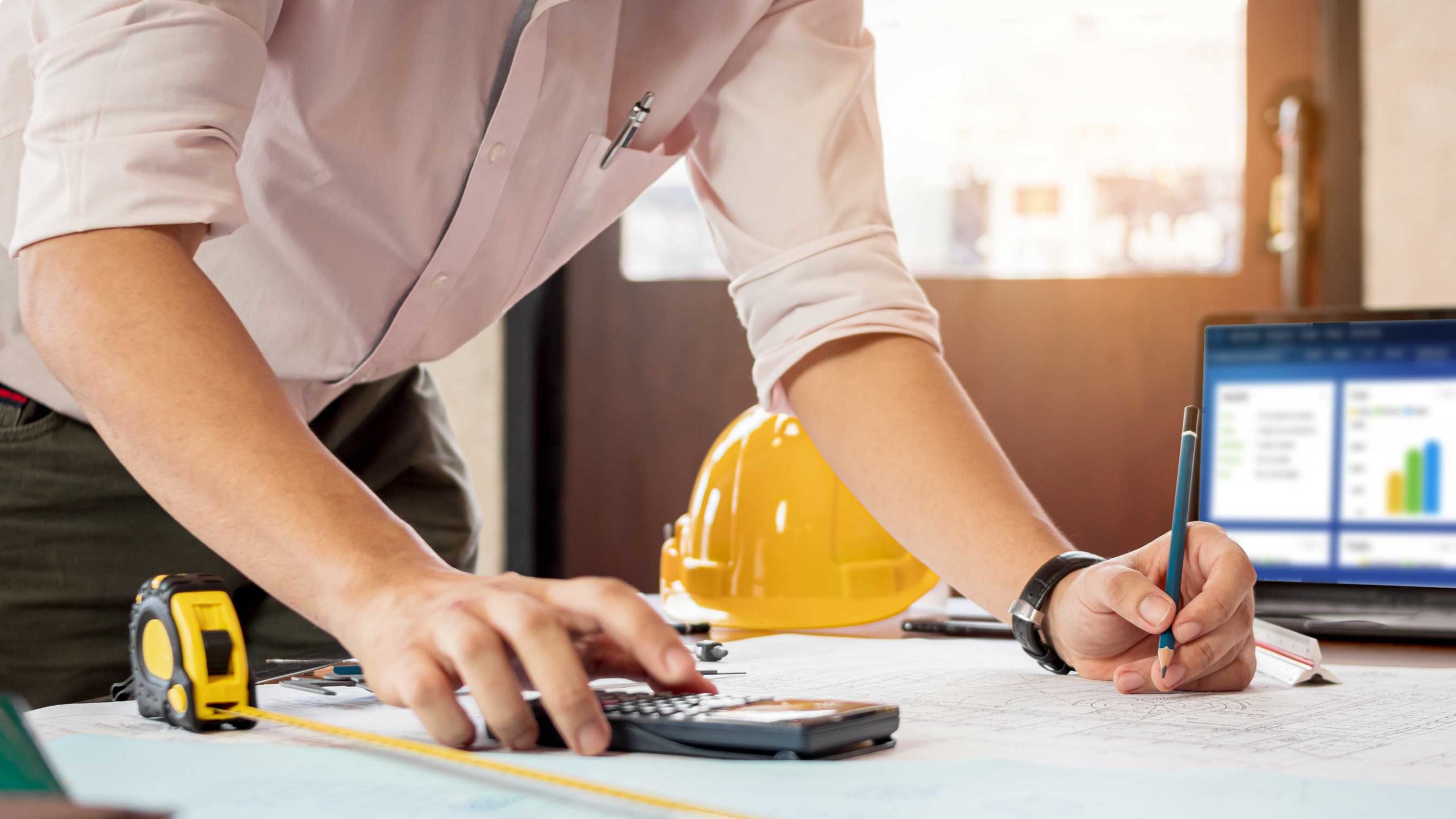

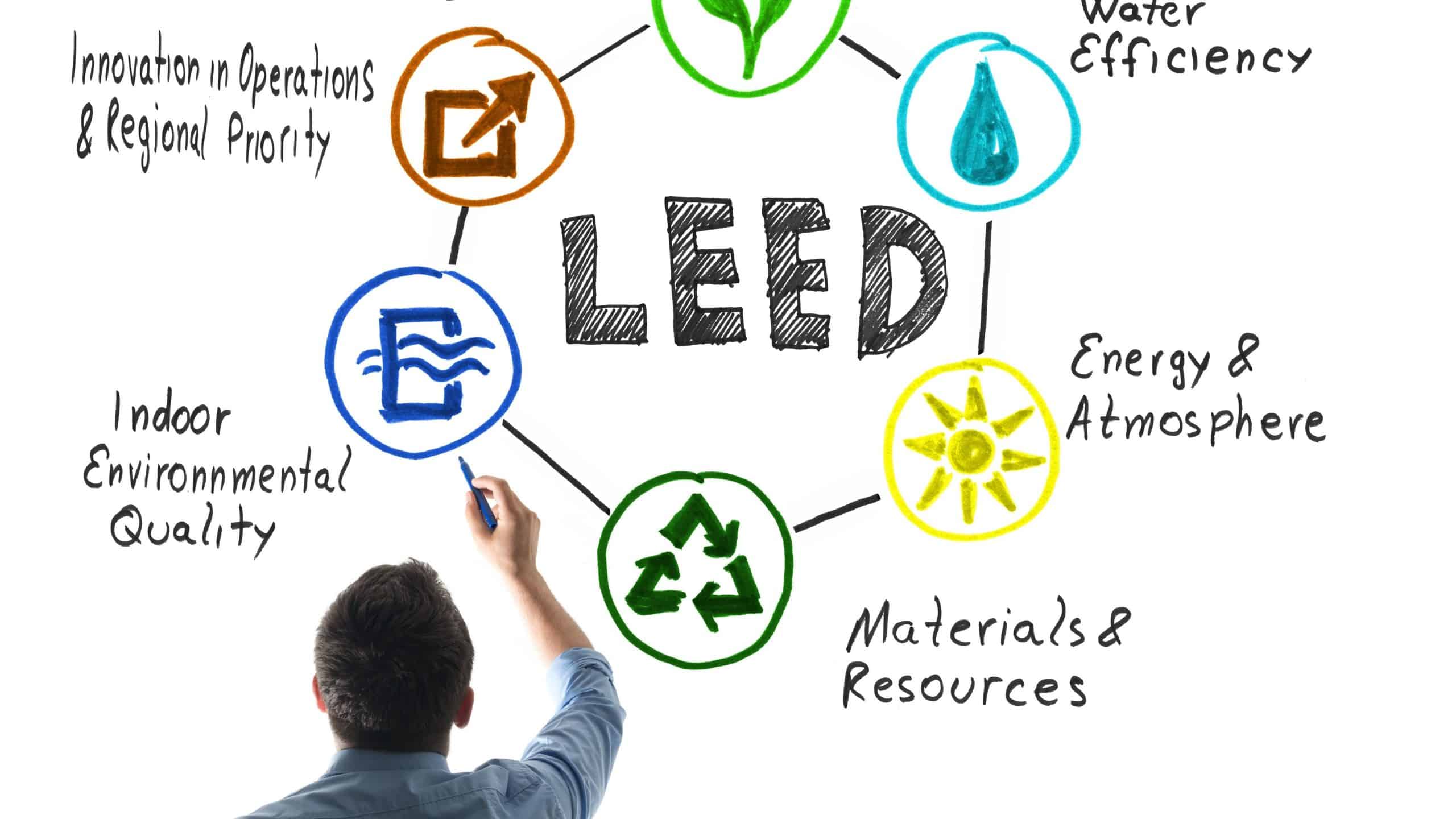
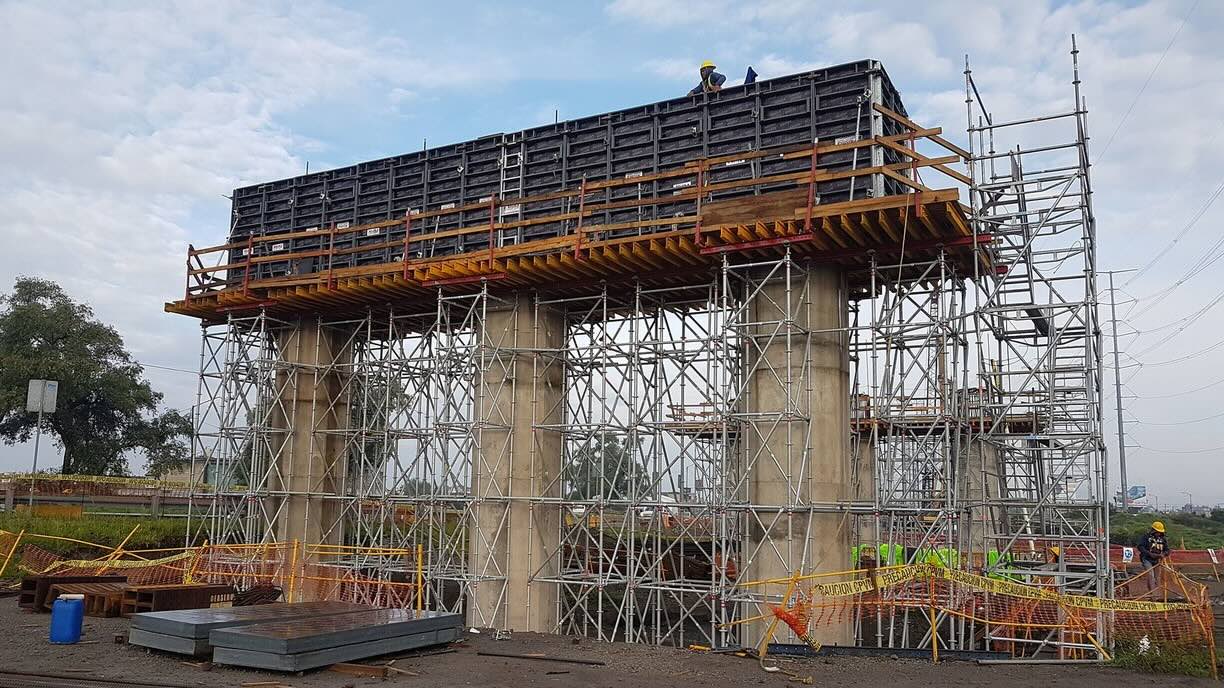
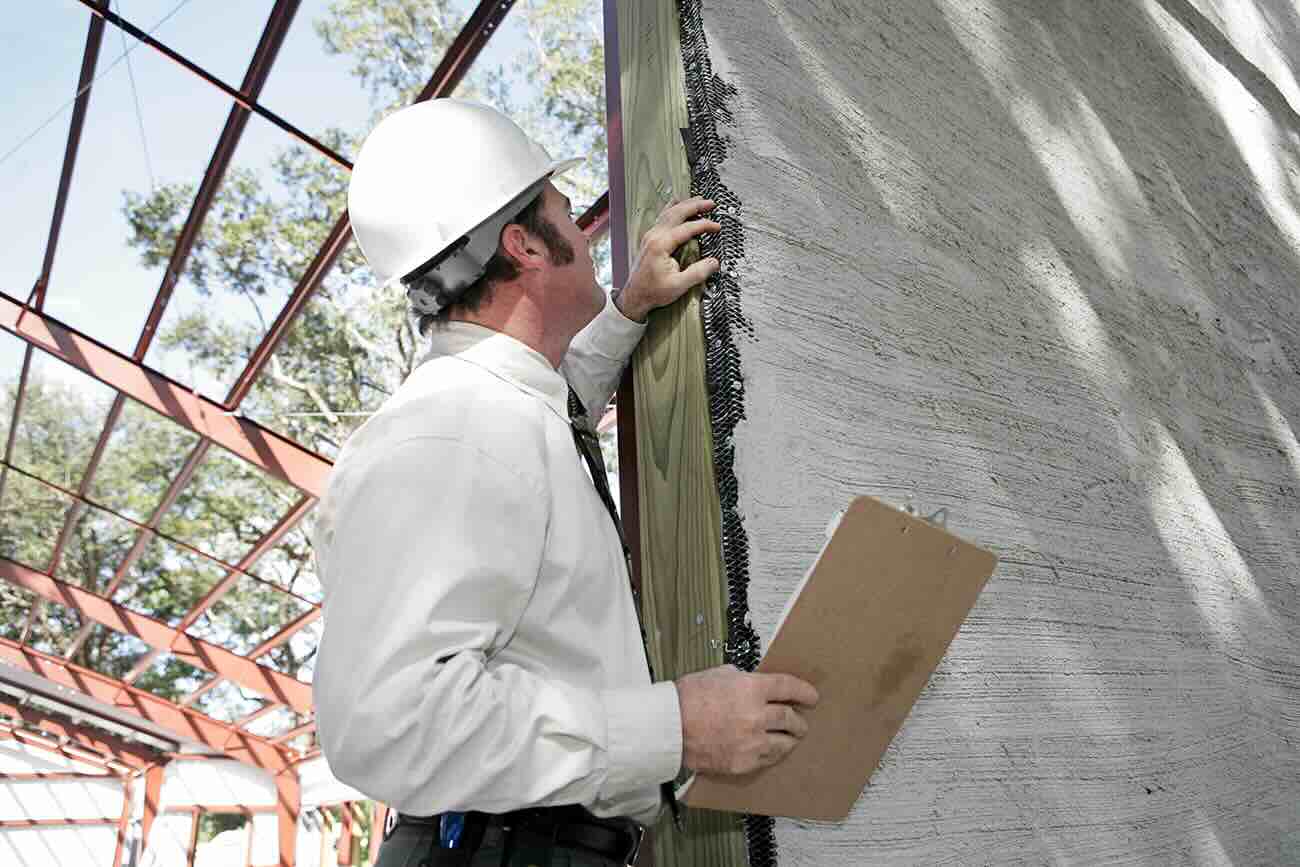
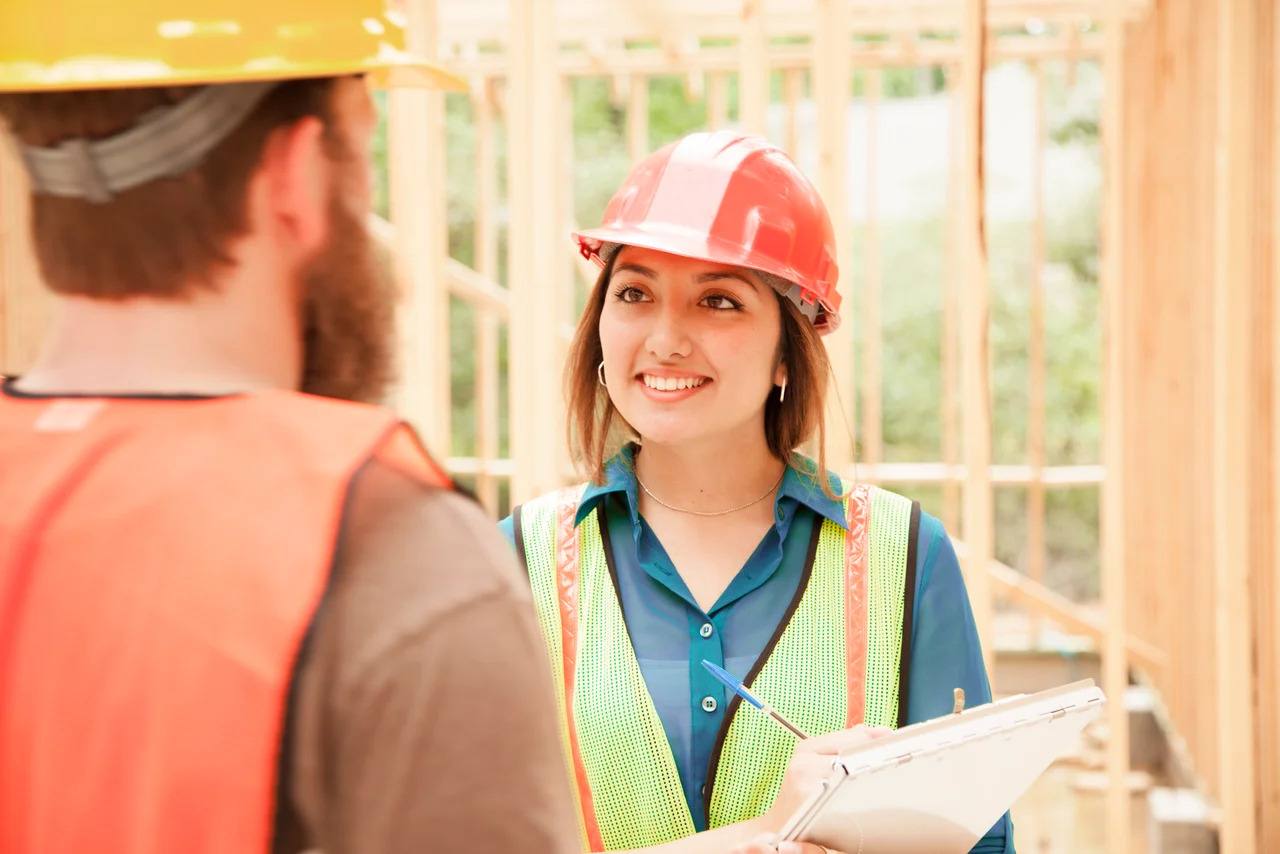

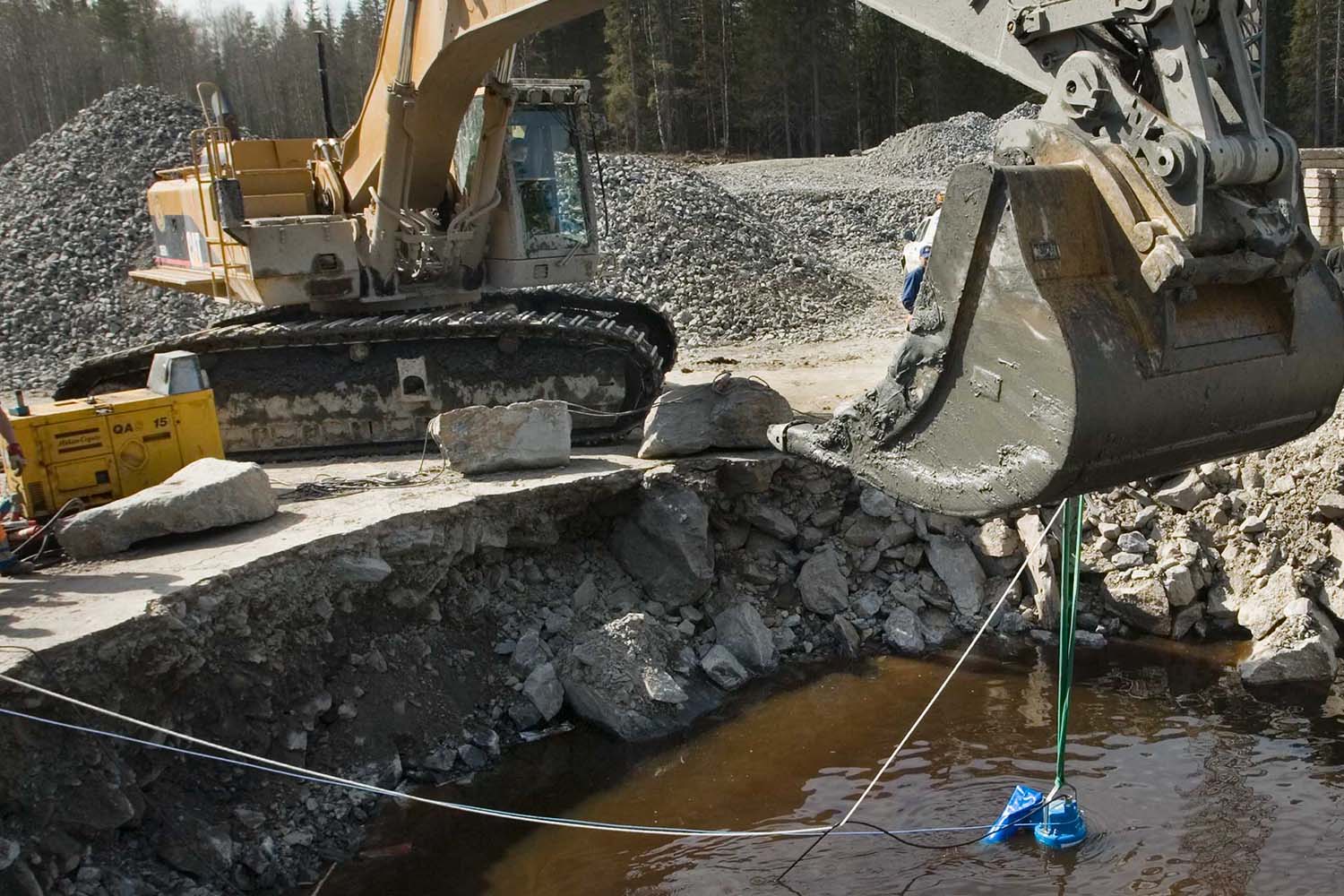
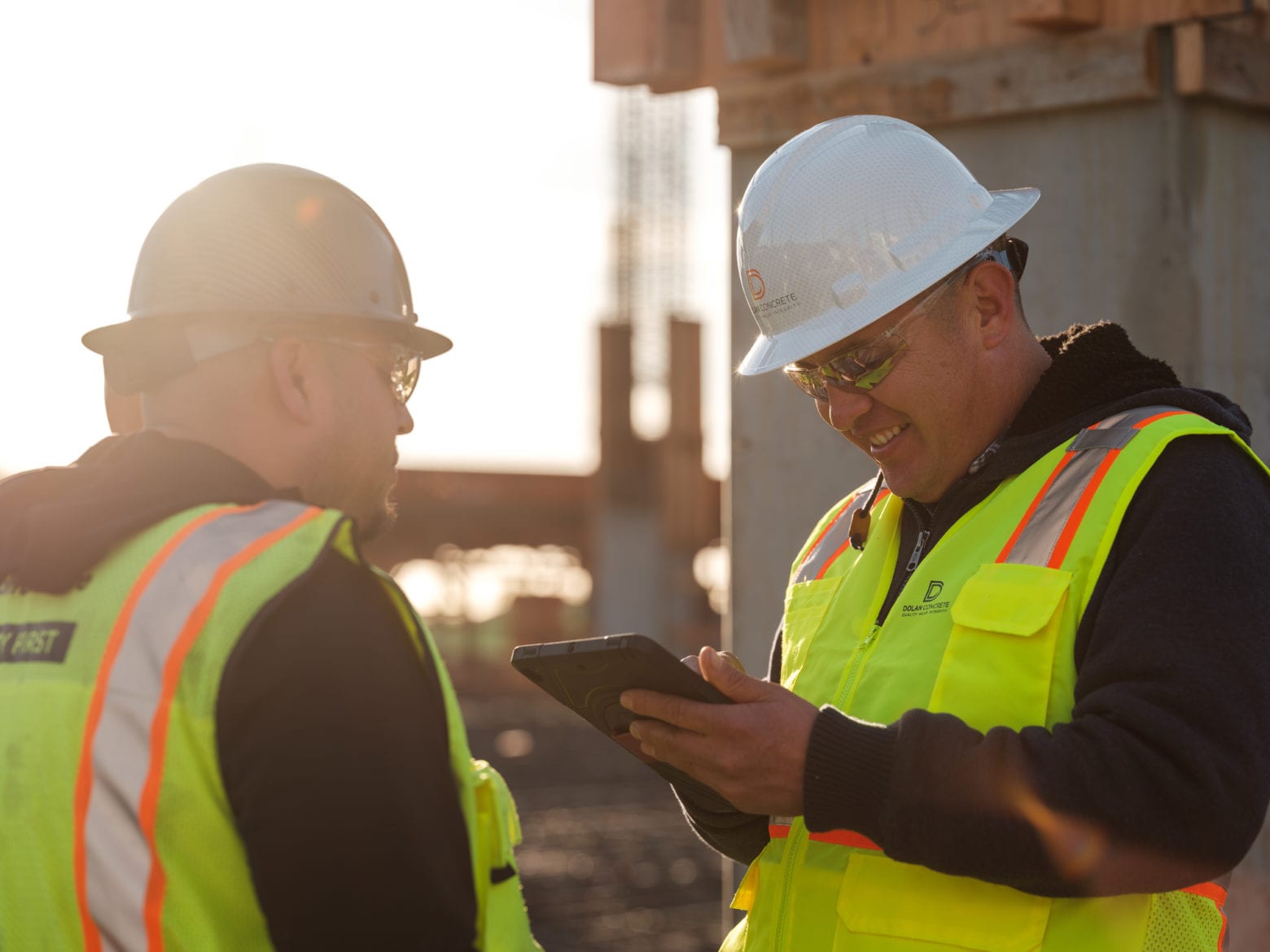

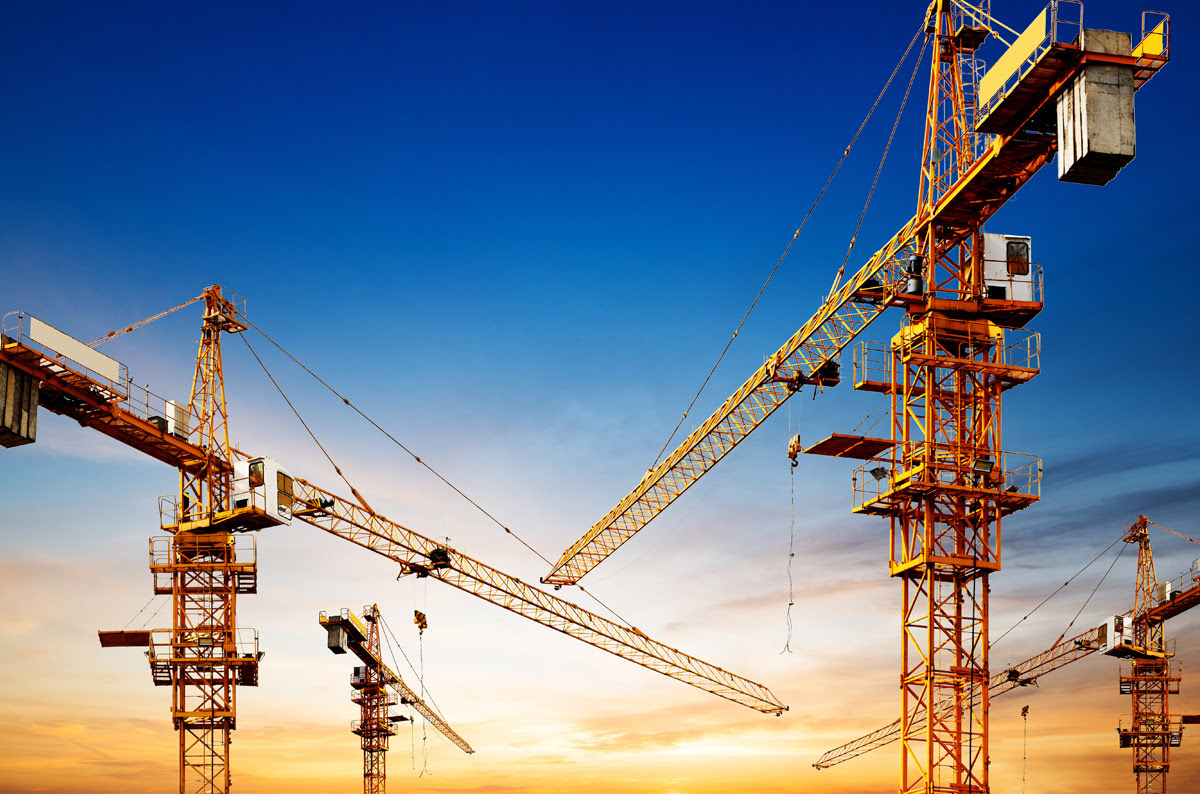

0 thoughts on “What Is The Construction Process”